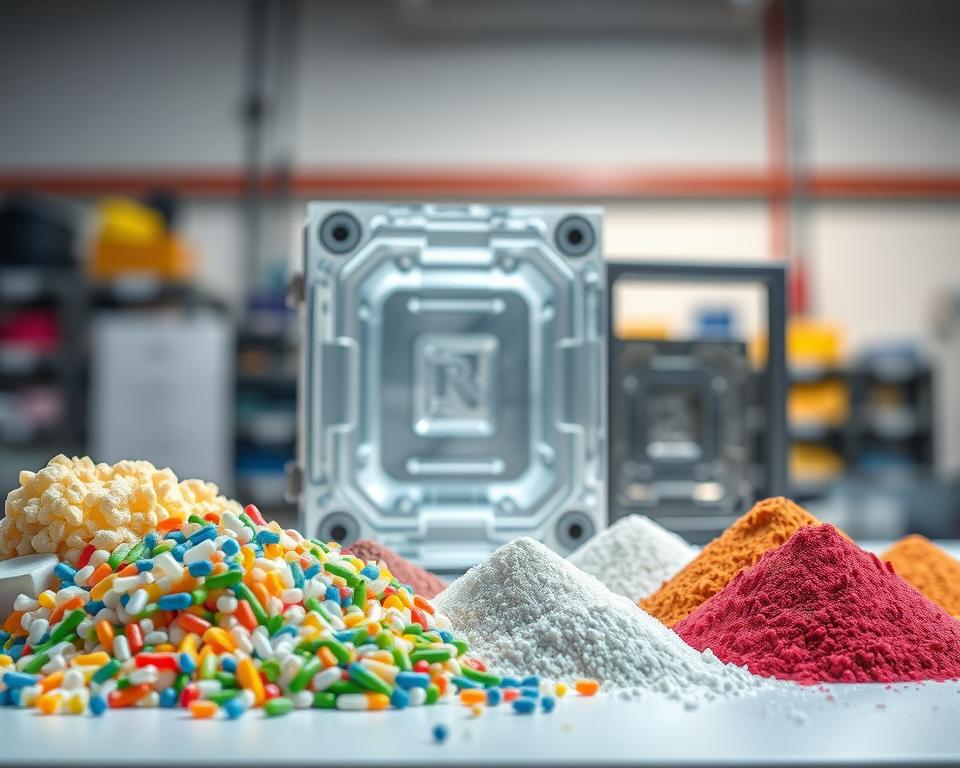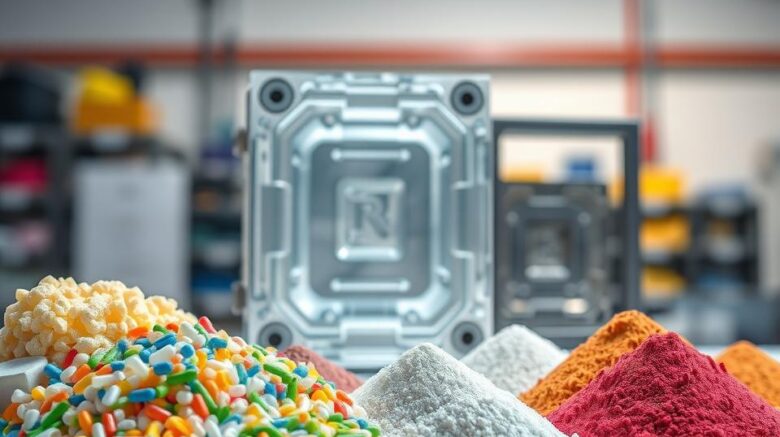How to Partner with Chinese Injection Molding Companies
So, the big meeting just wrapped up. your new project has the green light, the schedule is tight, and funding is, to put it mildly, limited. Then someone—maybe your boss, maybe the finance director—utters the phrase that sends a little jolt down every project manager’s spine: “We should look at sourcing this from China.”
Of course, you acknowledge. It seems sensible at first glance. Savings can be substantial. However, your brain is racing with concerns. You know the rumors, don’t you? The nightmare of defective parts, opaque communication, and delayed, off-spec shipments. It can feel like you’re being asked to walk a tightrope between landing a huge cost win for the company and steering your project straight into a ditch.
However, here’s the reality. Procuring plastic mold needn’t be a roll of the dice. It’s no different from any structured project. And like any project, it succeeds or fails based on the process you follow. It’s not just about the lowest bid but selecting the best partner and overseeing every step. Forget the horror stories. Let’s go through a step-by-step guide to succeed.

Initial Step: Prepare Your Information
Before searching suppliers or opening Alibaba, nail down your requirements. Truthfully, over fifty percent of offshore sourcing issues originate in an unclear project brief. Don’t assume a remote factory can guess your needs. A vague RFQ is like telling a contractor to bid on “a house.” The replies will range from absurdly low to exorbitant, none of which help.
Your goal is to create a Request for Quotation, or RFQ, package that is so clear, so detailed, that it’s nearly impossible to misinterpret. This package is your project’s foundation.
What should you include?
First, your 3D CAD files. These are non-negotiable. Provide files in common formats (e.g., STEP, IGS) to prevent import issues. This is the master blueprint for your part’s geometry.
But 3D isn’t enough. You also need detailed 2D drawings. This details critical info missing from the 3D file. I’m talking about critical tolerances (like ‘25.00±0.05 mm’), material specifications, required surface finishes, and notes on which features are absolutely critical to function. Any seal surfaces or critical hole sizes must be clearly labeled.
After that, material choice. Don’t just say “Plastic.” Don’t even just say “ABS.” Be specific. Call out SABIC Cycolac MG38 (black), for example. What’s the reason? Because resin grades number in the thousands. Defining the exact material guarantees the performance and appearance you designed with plastic mold injection.
Your supplier might propose substitutes, but you must set the baseline.
Lastly, add your business data. What’s your forecasted annual volume (EAU)? You must specify if it’s a 1K-part tool or a 1M-part production run. The tool design, the number of cavities, and the price per part all hinge on this number.
Finding the Right Supplier
Okay, your RFQ package is a work of art. who gets your RFQ? The web is vast but overwhelming. It’s easy to find a supplier; it’s hard to find a good one.
Your search will likely start on platforms like Alibaba or Made-in-China.com. These are great for casting a wide net and getting a feel for the landscape. Use them to build a shortlist, not the final list. Aim for a preliminary list of 10–15 potential partners.
Still, you must dig deeper. Consider using a sourcing agent. They do cost extra. Yet top agents deliver reliable, audited suppliers. They bridge language and cultural gaps. For a first-time project, this can be an invaluable safety net. Consider it timeline insurance.
Another classic method? Trade shows. If you can attend, shows such as Chinaplas transform sourcing. In-person meetings trump emails. You can handle sample parts, meet the engineers, and get a gut feeling for a company in a way that emails just can’t match. And don’t forget the oldest trick in the book: referrals. Tap your professional contacts. A recommendation from a trusted peer is often worth its weight in gold.
Separating Real Suppliers from Pretenders
With your RFQ dispatched to dozens of firms, bids begin to arrive. Some prices will undercut logic, others will shock you. Your job now is to vet these companies and narrow it down to two or three serious contenders.
What’s the method? It’s a bit of an art and a science.
Step one: audit communication. Are their replies prompt and clear? Can they handle detailed English exchanges? But the key: do they probe your RFQ? The best firms will question and suggest. “Have you considered adding a draft angle here to improve ejection?” or “We see your tolerance requirement here; our CMM can verify that, but it will add to the inspection time. Is that acceptable?” That’s a huge positive sign. It shows they’re engaged and experienced. Anyone who simply agrees to all specs is a red flag.
Then confirm their machinery specs. Get their tooling inventory. Review examples of parts akin to your design. If you’re making a large, complex housing, you don’t want a shop that specializes in tiny gears.
Next up: the factory audit. You can’t skip this. Just as you interview hires, audit suppliers. You can either go yourself or, more practically, hire a third-party auditing firm in China to do it for you. They’ll send a local inspector to the factory for a day. They confirm legitimacy, audit ISO 9001, inspect equipment condition, and gauge the facility. That small investment can save you thousands.
Transforming CAD into Real Parts
After picking your vendor, you’ve negotiated the price and payment terms—a common structure is 50% of the tooling cost upfront to begin work, and the final 50% after you approve the first samples. Now the real fun begins.
The first thing you should get back after sending your payment is a DFM report. DFM means Design for Manufacturability. It’s the engineering critique for moldability. The report calls out sink-risk zones, stress-causing corners, and draft angle gaps. A detailed DFM shows expertise. It’s a collaboration. Together, you tweak the design for best manufacturability.
Once the DFM is approved, they’ll start cutting steel to make your injection mold tool. Weeks on, you receive the thrilling “T1 samples shipped” notification. These are your initial mold shots. It’s your test of success.
Be prepared: T1 samples are almost never perfect. This is normal! Look for small flaws, slight size errors, or surface marks. You’ll provide detailed feedback, they’ll make small adjustments (or “tweaks”) to the tool, and then they’ll send you T2 plastic mold samples. It could require several iterations. The key for you, as the project manager, is to have this iteration loop built into your timeline from the start.
Eventually, you will receive a part that is perfect. Dimensions, finish, and performance all check out. This is your golden sample. You sign off, and it serves as the master quality reference.
Completing the Sourcing Journey
Landing the golden sample is huge, yet the project continues. Next up: mass manufacturing. How do you maintain consistency for part 10,000?
Put a strong QC process in place. Typically, this means a pre-shipment audit. Use a third-party inspector again. They’ll randomly select parts, compare them to specs and golden sample, and deliver a detailed report. They’ll send you a detailed report with photos and measurements. Once you sign off, you greenlight shipping and the last payment. This audit shields you from mass defects.
Finally, think about logistics. Understand the shipping terms, or Incoterms. Is your price FOB (Free On Board), meaning the supplier’s responsibility ends when the goods are loaded onto the ship in China? Or EXW, shifting all transport to you? Your Incoterm selection drives landed expenses.
China sourcing is a long-haul effort. It’s about building a relationship with your supplier. See them as collaborators, not vendors. Transparent dialogue, respect, and process discipline win. Certainly, it’s complex. But with this roadmap, you can succeed, achieve savings, and maintain quality. You’re set to succeed.
